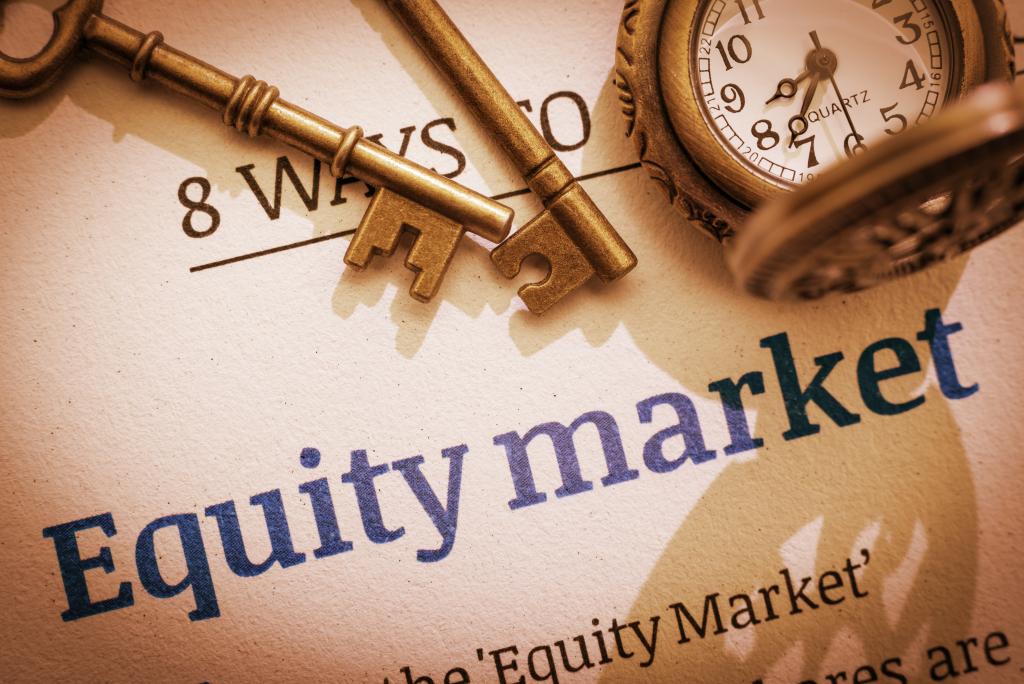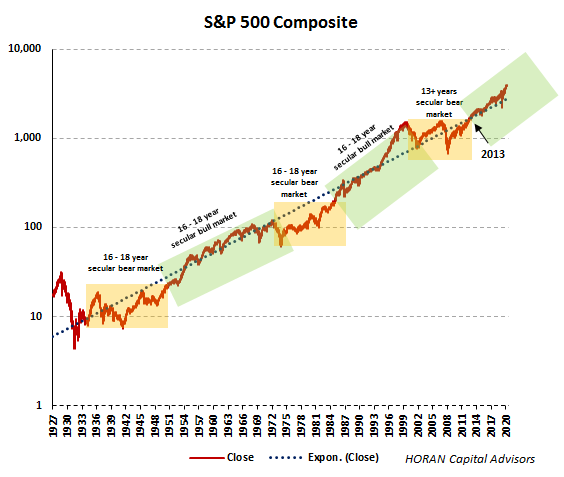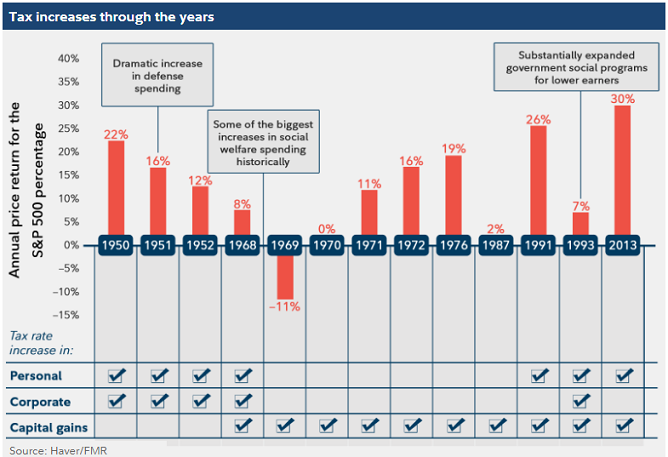Author: David I. Templeton, CFA, Principal and Portfolio Manager
I wrote an article in 2016 comparing the current secular bull market that began in late 2013 to the bull markets of the 1950's and 1980's. I followed up with an update in February 2020 just as the coronavirus pandemic was unfolding. It seems time then to see how the market is progressing versus those earlier decades as the pandemic headwinds have subsided somewhat.
In the 2016 article I noted that the 1950's and 1980's make a reasonable comparison to the 2013 bull market breakout for a number of reasons. The 1950's bull market followed World War II and economic activity was strong over the decade as consumers went on a consumption spree in an effort to satisfy pent up demand. Infrastructure spending was also a focus in the 1950's and one area was the building of the interstate highway system. Infrastructure is a focus today along with a pickup in demand following the pandemic restrictions. The 1980's growth was kick started with a lowering of government regulations, lower taxes and more by President Ronald Reagan. President Donald Trump pursued some of these same type of policies.
As the below chart shows, the current bull market continues to track like the 1950's and 1980's markets.
The above chart compared the ten year periods that began in 1950 and 1980. With that being the case, the current secular bull market that began in September of 2013 would end September 2022. Note though, secular bull markets tend to run over a 16-18 year period. This is shown in the chart below.
Higher taxes seem likely near term based on activity in Congress, but higher taxes have not necessarily lead to lower stock prices. The below table from Fidelity highlights this fact. One reason this tends to be the case is the fact Congress and administrations in Washington, D.C. tend to raise taxes when the economy is expanding; thus, making it easier for companies to digest the increase.
What seems like a current economy that is being partially driven by consumers satisfying pent up demand and more unemployed individuals coming back into the labor force, the economy could experience continued growth over the next few years. I have said many times the performance of the economy does not necessarily track the performance of the stock market, or vice versa. However, company earnings continue to see strong growth and the earnings continue to exceed expectations. Yes, the stock market is not cheap; however, low interest rates tend to lead to stocks trading at higher P/E's or valuations. The market is due for a pullback as they are typical during bull markets. Given the decent economic backdrop then and the strong earnings environment, a pullback probably does not lead into a recession, all else being equal.
HORAN Wealth, LLC is an SEC registered investment advisor. The information herein has been obtained from sources believed to be reliable, but we cannot assure its accuracy or completeness. Neither the information nor any opinion expressed constitutes a solicitation for the purchase or sale of any security. Any reference to past performance is not to be implied or construed as a guarantee of future results. Market conditions can vary widely over time and there is always the potential of losing money when investing in securities. HORAN Wealth and its affiliates do not provide tax, legal or accounting advice. This material has been prepared for informational purposes only, and is not intended to provide, and should not be relied on for tax, legal or accounting advice. You should consult your own tax, legal and accounting advisors before engaging in any transaction. For further information about HORAN Wealth, LLC, please see our Client Relationship Summary at adviserinfo.sec.gov/firm/summary/333974.




